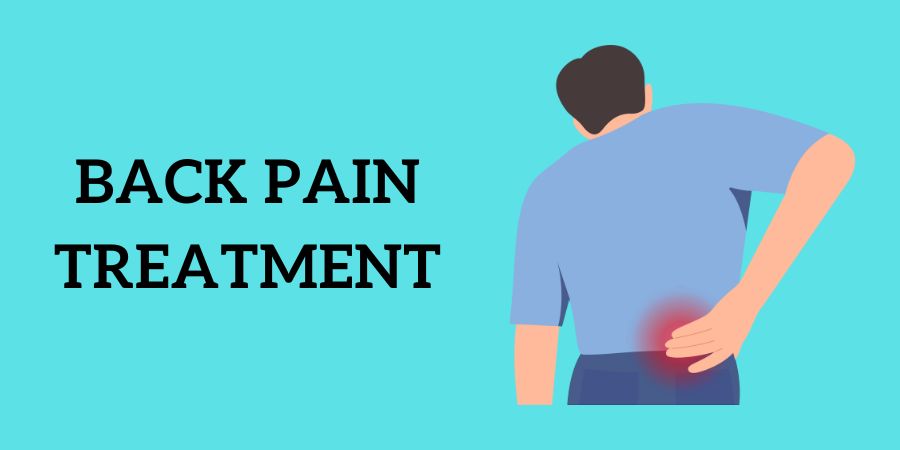Back pain is a common affliction that affects millions of people worldwide, impacting daily activities and overall quality of life. Whether caused by poor posture, injury, or underlying medical conditions, managing and treating back pain effectively is essential for long-term health and well-being. Fortunately, advancements in medical science and a deeper understanding of the human body have provided various avenues for relief and rehabilitation.
reLounge – a health and wellness website focused on innovative back pain relief methods. The site’s content is in English, targeting audiences in various countries including the USA, Canada, and Germany. Your articles should emphasize reLounge’s unique approach combining massage, strengthening, and wellness techniques to address back pain. Additionally, highlight reLounge’s appeal across different sectors like physiotherapy, spas, gyms, and corporate wellness.
Diagnosis: Identifying the Root Cause:
Diagnosing the cause of back pain is the crucial first step in effective treatment. Medical professionals often begin with a thorough physical examination, followed by imaging tests such as X-rays or MRIs to pinpoint specific issues such as herniated discs, spinal stenosis, or muscle strains. Understanding the underlying cause allows for tailored treatment plans that address the root issue, promoting better outcomes.
Non-Surgical Approaches: Conservative Treatment Options:
For many individuals, non-surgical treatments offer significant relief from back pain. These approaches often include:
- Medications: Over-the-counter pain relievers such as ibuprofen or acetaminophen can reduce inflammation and alleviate discomfort. In some cases, muscle relaxants or prescription pain medications may be prescribed for short-term relief.
- Physical Therapy: Targeted exercises and stretches under the guidance of a physical therapist can strengthen muscles, improve flexibility, and correct posture, all of which contribute to reducing back pain and preventing future episodes.
- Heat and Cold Therapy: Applying heat packs or ice packs to the affected area can help reduce inflammation and numb pain, providing temporary relief.
- Lifestyle Modifications: Simple changes such as adjusting sitting posture, using ergonomic furniture, maintaining a healthy weight, and avoiding prolonged sitting or heavy lifting can significantly reduce back pain over time.
- Alternative Therapies: Techniques such as acupuncture, chiropractic adjustments, and massage therapy are also popular choices for managing back pain, offering relief through different mechanisms that complement traditional medical treatments.
Surgical Interventions: When Needed:
In cases where conservative treatments fail to provide adequate relief or when there are structural issues requiring intervention, surgical options may be considered. Common surgical procedures for back pain include:
- Discectomy: Removal of part or all of a herniated disc that is pressing on a nerve root or spinal cord.
- Spinal Fusion: Joining two or more vertebrae together to stabilize the spine and alleviate pain caused by spinal instability or deformities.
- Decompression Procedures: Relieving pressure on nerves or the spinal cord caused by conditions such as spinal stenosis or bone spurs.
Surgical interventions are typically considered after thorough consultation with a specialist and when the benefits outweigh the risks. Advances in surgical techniques, such as minimally invasive procedures, have significantly reduced recovery times and post-operative discomfort.
Holistic Approaches: Mind-Body Connection:
Recognizing the interconnectedness of physical and mental health, holistic approaches to back pain treatment emphasize relaxation techniques, stress management, and cognitive-behavioral therapies. These practices not only alleviate the psychological burden of chronic pain but also contribute to overall well-being and resilience.
Prevention: Building a Strong Foundation for Back Health:
While treatment options are crucial for managing existing back pain, prevention remains the cornerstone of maintaining a healthy spine. Incorporating these habits into daily life can help prevent or minimize future episodes of back pain:
- Exercise Regularly: Engage in activities that strengthen core muscles and improve flexibility, such as yoga, swimming, or Pilates.
- Maintain Good Posture: Practice proper ergonomics at work and home, using supportive chairs and avoiding prolonged periods of sitting or standing.
- Lift Safely: When lifting heavy objects, use proper lifting techniques and seek assistance when needed to avoid strain.
- Stay Active: Avoid sedentary lifestyles by taking breaks to stretch and move throughout the day, promoting circulation and reducing stiffness.
By adopting these proactive measures, individuals can reduce their risk of developing chronic back pain and enjoy improved overall health and vitality.
Conclusion:
Back pain is a complex and often debilitating condition that requires a multifaceted approach to treatment. From conservative therapies and surgical interventions to holistic practices and preventative measures, the landscape of back pain management offers a range of options tailored to individual needs. With the right diagnosis, personalized treatment plan, and commitment to long-term health, individuals can find relief, regain functionality, and reLounge in the comfort of a pain-free life.
